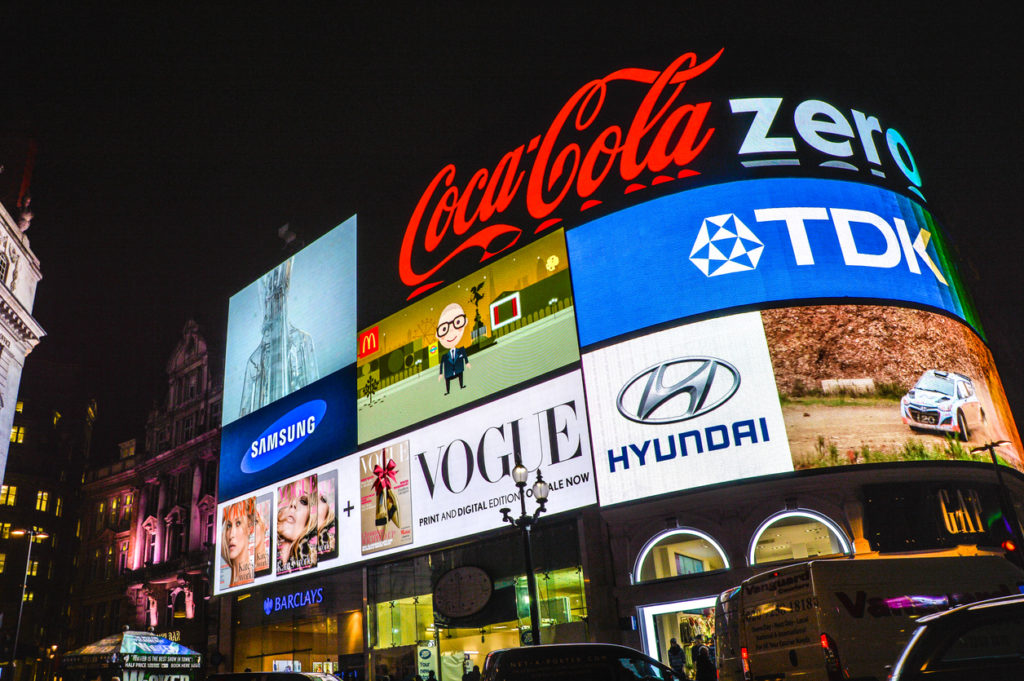The industry has reacted to the latest IPA Bellwether Report, which showed that overall marketing budget growth slowed significantly in Q3 2022.
Matt Andrew, Partner and UK Managing Director, Ekimetrics, said: “Marketers are grappling with a lot right now. Increasing and significant economic turbulence is compounded by the fallout of cookie deprecation – and the implications this has on their targeting and measurement solutions – as well as juggling sustainability and having to make decisions that balance commercial success with the needs of the planet.
“My advice, throughout all of this, is not to lose sight of longer-term objectives, and not to cut back on the strategic programmes that could unlock both understanding and driving performance in multiple dimensions. Long-term data transformation or forward-looking MMO in-housing projects especially will help provide the groundwork for an organisational culture of decisions driven by data – a culture that embraces real insights, such as to where to direct budget or which activities to continue to invest in.”
Andrew added: “Budget switches are often driven by short-termism, but as with Covid, the key to working through tumultuous periods is for brands to focus on agility and clarity in their insight. This will imbue confidence in their decision making so they can chart a course where prudence doesn’t equate to poorer ROI.”
Elliott Millard, head of planning, at Wavemaker UK commented: “It’s interesting the way different channels are seeing budgets removed. With TV bearing the brunt of rampant media inflation, it may not be surprising to see budgets shifted around here. However, it feels like an oversight that the likes of press and OOH are experiencing harder declines than others. Despite both being scaled, public touchpoints that can act as reassurance in difficult times.
“It’s a trend that we’ve also seen in Wavemaker’s Media Mix Navigator, which allows brands and agencies to interrogate optimum media mixes. It raises warning signs that some brands are shifting to short-termism. Channels like press, for example, look to be disinvested in by the industry artificially fast. It’s not always the wrong thing to do, but there is also risk in over-investing at the bottom of the purchase funnel. Once a brand’s credentials have slipped, it becomes more expensive to rebuild them.
“For savvy brands (with means), there is also an opportunity here. There is a cost advantage to be had in underused space. Bearing in mind that OOH is currently an attractive option for bargain hunters as is – UK outdoor advertising prices have fallen by 3.1% since pre-covid times. Additionally, exploiting the channels others are not present in will likely give brands a leg up against their competition.”
Data emergency
Andrew Stephenson, Director of Marketing EMEA & India at Treasure Data, said: “Despite total marketing budgets increasing in Q3, outlooks are at their bleakest since the start of the pandemic, and we must factor in that growth is propped up by events – the only category of spend which hasn’t seen cuts this quarter, potentially due to the long lead times involved.
“There is a data emergency unfolding in front of marketers’ eyes. As the price of energy soars, economic uncertainty runs rampant and the cost-of-living crisis weakens consumers’ purchasing power, it’s now well-documented that shoppers will be making tough decisions on which products are deemed essential. Brands lacking a sophisticated data strategy will have little visibility of whether their consumers are about to leave them on the shelf – or how effective their campaigns are proving.”
Stephenson continued: “And with budgets in most marketing spend categories shrinking, this data is even more crucial so marketers can make the right choices about how to prioritise the budget they have. First-party data – if actionable and efficient – is a lifeline for brands looking to maintain brand awareness and properly connect with their customers at this critical time.
“Marketers must act now and ensure they have a comprehensive data management strategy in place that combines all data sources – online and offline. This is the only way to guarantee that they’re not sleepwalking into a data crisis.”
Phil Duffield, VP UK at The Trade Desk agrees that, with marketing budget growth slowing, marketers must ensure they keep data at the top of their priority list in the months ahead.
“There’s no doubt that consumers are re-evaluating their spending, but brands need to recognise the opportunity this presents. Whilst there might be more competition to capture consumer attention, this makes it all the more important for marketers to invest in growing their brand visibility. Marketers across all sectors need to implement tailored advertising strategies to keep their brand light burning. Each interaction counts, so using insight to ensure you have the right message, and are amplifying it in the right channel is critical.
“Take streaming for example – despite more consumers planning on cutting back on streaming services, recent research by The Trade Desk revealed over half of Brits are open to a free or cheaper service that is fully or partially funded by advertising. So whilst fears of a recession might be growing, consumers are just as, if not more willing, to engage with advertisements.”
Cutting waste
Nick Reid, SVP & Managing Director EMEA, DoubleVerify, commented: “There is never a time where responsible investment and the return on that investment is not important. But at this time of economic uncertainty, advertisers and marketers are challenged to make sure they are not only able to measure the impact of their digital investment, but to optimise the performance of their campaigns based on those metrics.
“Maintaining brand equity and avoiding media wastage – all in a privacy-friendly way – is key. Looking towards the future, effectively capturing and measuring consumer attention and understanding how this drives outcomes for brands, will be paramount. IPA Bellwether’s data only reinforces the need to secure consumer attention at scale, helping advertisers get bang for their stretched ad buck.”
Anastasia Leng, CEO and Founder of CreativeX, said: “The latest IPA Bellwether report comes with a word of caution – budget growth is likely to come to a halt. One would be forgiven for assuming marketers are doing everything to make the most of their spend but the reality is quite the opposite: marketers are wasting millions in ineffective advertising spend by running tens of thousands of ads with a low creative quality score.
“The reason is simple: thanks to the rise of visually led platforms like TikTok and YouTube, not to mention the onslaught of programmatic video, most brands have scaled content production volume 5-10x in the last few years yet haven’t sufficiently adapted their processes to revamp how they create, adapt, review, measure and learn from all their visual marketing.
“The result? Over 70% of Fortune 500 images and videos produced are not in line with basic creative “first principles,” whether that’s consistent logo usage, product framing, usage of supers and subtitles and more. Together, these principles make up something called the Creative Quality Score (CQS), a KPI that has been statistically linked to improved media efficiency, like cheaper CPMs and cost-per-completed view, not to mention higher ROAS. We can cut our budgets and accept that we will just do less, or we can take this opportunity to explore whether now is the time to try doing things differently.”








